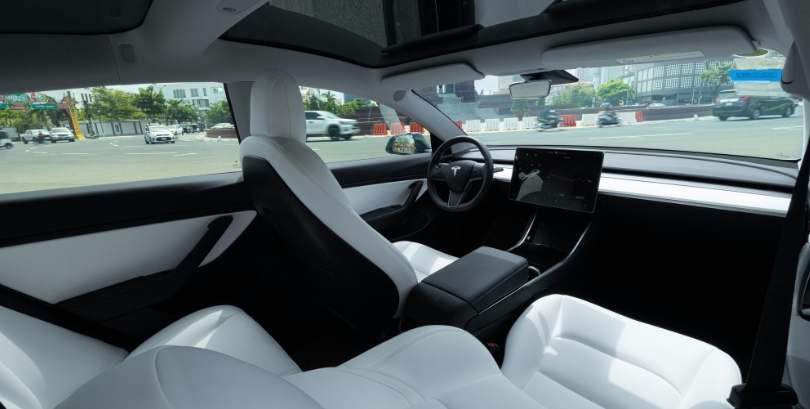Technology
Beyond Generative AI: Multi-Agent Systems, AI Supercomputers, and Enterprise Strategy

Generative AI was a revolution, but it is now only the foundation. The next chapter in artificial intelligence is about systems that think, communicate, and collaborate. Enterprises are beginning to explore multi-agent ecosystems where algorithms act less like tools and more like teammates. This new direction is powered by AI supercomputers that process vast data flows, enable real-time reasoning, and create continuous learning loops.
Understanding Multi-Agent Systems
A multi-agent system is not a single model trained for a task. It is a network of intelligent entities, each capable of reasoning, decision-making, and coordination. These agents can negotiate, divide tasks, and achieve goals collectively. In an enterprise setting, that might mean digital agents managing supply chains, analyzing risk, forecasting demand, and optimizing production without constant human input.
The concept mirrors how departments in a company collaborate. Each agent has its function but shares a larger purpose: adaptability. When the environment changes, agents adjust strategies instantly, learning from one another. For industries where milliseconds matter—such as trading, logistics, or cybersecurity—this distributed intelligence becomes a competitive edge.
The Power Source: AI Supercomputers
To make multi-agent systems viable, enterprises need infrastructure capable of sustaining continuous reasoning and communication between thousands of agents. AI supercomputers are built precisely for that. They combine advanced GPUs, custom chips, and large memory architectures designed for parallel processing of complex AI workloads.
Unlike traditional computing setups that wait for human prompts, these systems run ongoing intelligence cycles. They train, infer, and act simultaneously, creating an always-on decision engine. Companies adopting them can test thousands of strategies in simulation before executing a single move in the real world. For enterprise leaders, this means better foresight, faster adaptation, and measurable strategic depth.
Strategy in the Age of Autonomous Intelligence
This shift is not just technical. It is structural. Enterprises now need strategies that recognize AI as a participant in decision-making. Multi-agent systems turn artificial intelligence from an assistant into an operational partner.
Building such systems starts with small, goal-specific agents. Over time, they evolve into ecosystems capable of coordinating across departments. The next layer is governance: ensuring each agent acts ethically, transparently, and within organizational boundaries. Infrastructure investments follow—hybrid AI supercomputing environments that handle speed, scale, and compliance while staying aligned with business goals.
The transformation is cultural too. Teams must learn to design and manage human-AI collaboration where responsibility is shared, and outcomes are co-created. This is not about replacing people; it’s about extending collective intelligence.
Also read: How Tech Has Changed Our Food Habits
Looking Ahead
The generative phase taught enterprises how to create. The next phase teaches them how to coordinate. Multi-agent systems, fueled by AI supercomputers, will allow companies to simulate economies, model complex risks, and automate strategic choices at scale.
The organizations that succeed will not be the ones building the biggest models, but the ones that orchestrate the smartest networks. Beyond generative AI lies a future where intelligence is not produced—it is multiplied.
Tags:
Technology NewsAuthor - Jijo George
Jijo is an enthusiastic fresh voice in the blogging world, passionate about exploring and sharing insights on a variety of topics ranging from business to tech. He brings a unique perspective that blends academic knowledge with a curious and open-minded approach to life.


